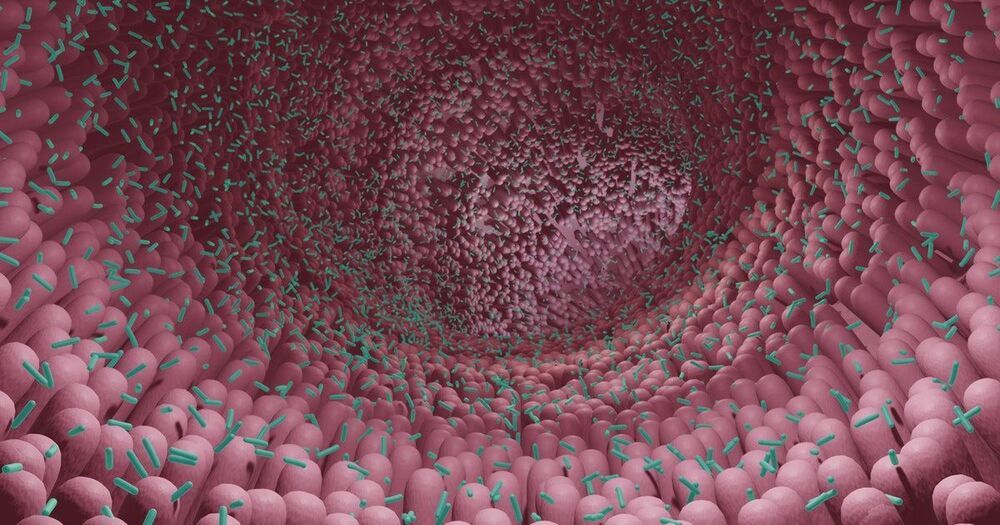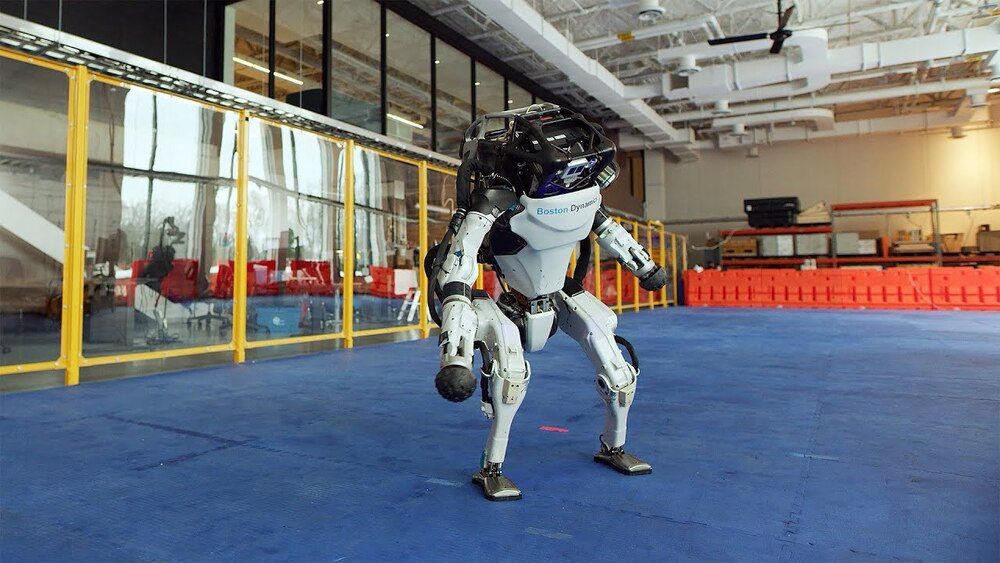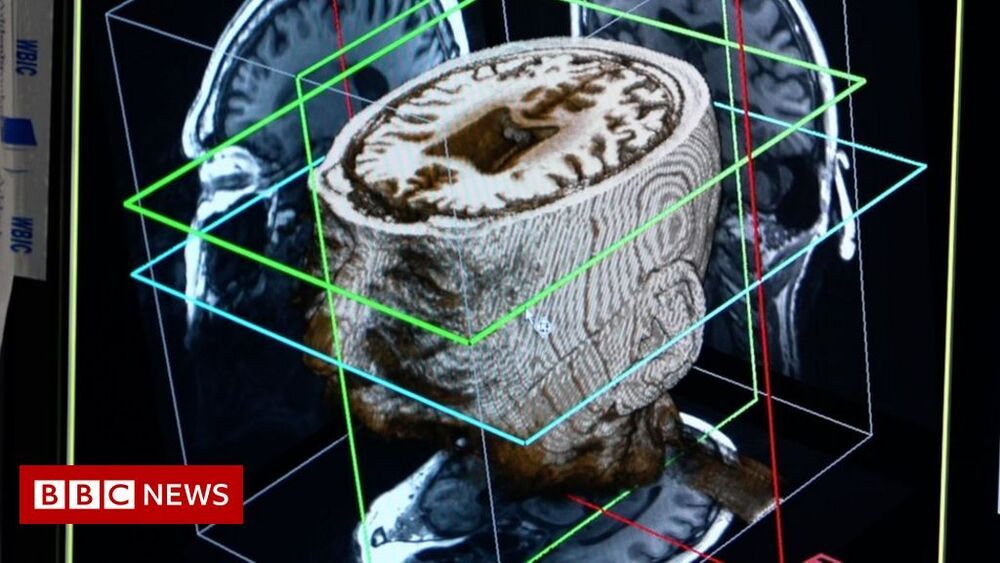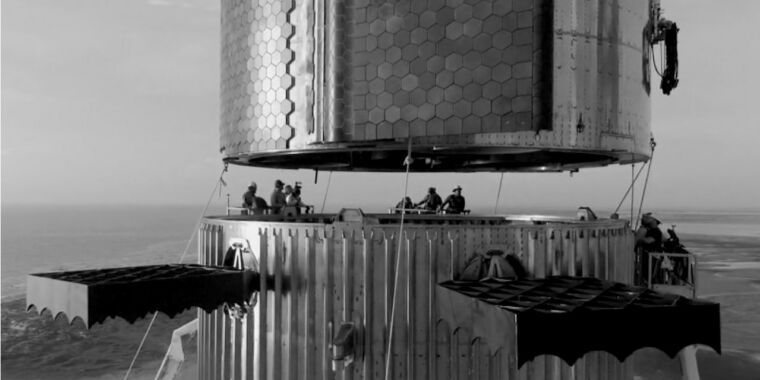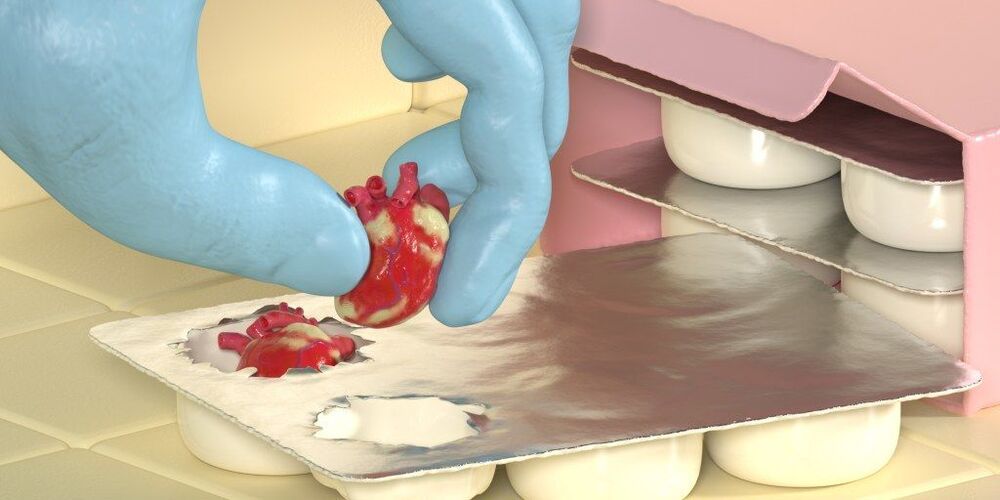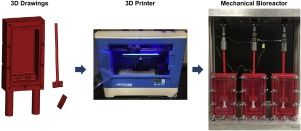Aug 10, 2021
Bizarre, Metallic Star Spotted Hurtling Out of the Milky Way at 2 Million Miles an Hour
Posted by Quinn Sena in category: cosmology
About 2,000 light-years away from Earth, there is a star catapulting toward the edge of the Milky Way. This particular star, known as LP 40–365, is one of a unique breed of fast-moving stars—remnant pieces of massive white dwarf stars—that have survived in chunks after a gigantic stellar explosion.
“This star is moving so fast that it’s almost certainly leaving the galaxy…[it’s] moving almost two million miles an hour,” says JJ Hermes, Boston University College of Arts & Sciences assistant professor of astronomy. But why is this flying object speeding out of the Milky Way? Because it’s a piece of shrapnel from a past explosion—a cosmic event known as a supernova—that’s still being propelled forward.

